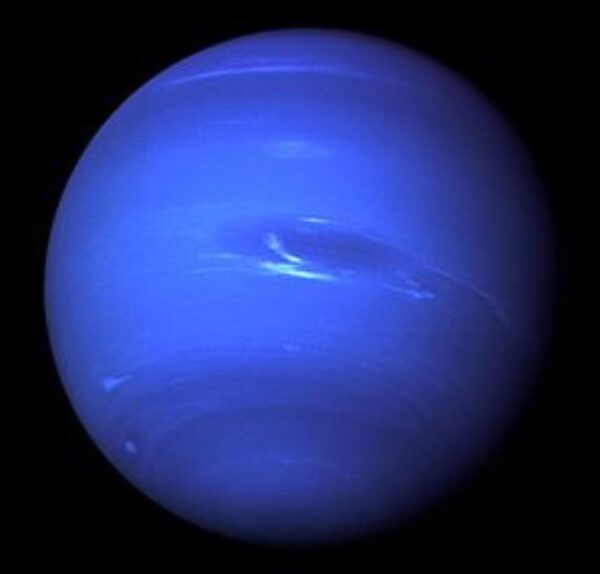“Can you walk on Neptune?” That is the question Amy Waterman, a NASA planetary scientist, asked in 2021. The question was in response to an article in the British journal Science News Monthly. In the article, titled “Is there a planet out there that could have oceans?” Dr. Isaacuality questioned whether or not it was possible to “walk on” the surface of Neptune. His argument is that the planet’s orbit is tilted such that it is very unlikely that any liquid ocean could exist.
A little background information is necessary in order to understand exactly what Dr. Waterman is talking about when he asks; “can you walk on Neptune?” He is referring to attempts to use computer modeling and oceanographic studies to determine whether or not the tilt of the planet’s orbit would allow oceans to exist. While both are interesting studies, they do not address whether or not the seas can actually be “walked upon”. This is where Amy Waterman’s question scores bonus points.
If you were to go search for “can you walk on Neptune”, you would not find a great deal of scientific data to suggest that it is possible. It has also been suggested that walking on the seas is inconsistent with current theories about the composition of the planet. However, when you read Amy Waterman’s article, you will learn that she thinks that such theories are not right and that there is a way to get around it.
The way she suggests doing so is to use her “planetary wave” concept. To begin with, Waterman believes that you can create disturbances in space-based waves in order to cause a reaction in the ocean’s waves. Such disturbances would have a knock-on effect in the tilt of Neptune’s orbit, causing it to wobble. This would essentially allow water to migrate into areas of ocean currents and disrupt the hydrodynamic balance. In theory, such a reaction could indeed take place, and she has carried out her investigation accordingly.
In order to carry out her investigation, Waterman has gone into considerable detail and drawn on a large number of data sets. She has, for example, looked at how tides change along the meridian systems in the North Pacific (the area near the Pacific Ocean), the Gulf of Mexico and the West Coast of the United States. She has also looked at the relationship between the tilt of Neptune and the structure of its outer atmosphere, as well as the distribution of heat within the ocean. This latter research set the basis for much of her later work.
What can you walk on Neptune? In the conclusion to her article, she says that the best way to answer the question, can you walk on Neptune? is by looking into the ocean wave perturbations she used to identify the possible areas of ocean currents and disruptions. In future articles, she will discuss the physical properties of the planet, how tides may play a role and what can be done to prevent disruptions.








![How Can You fixed [pii_email_e26dbf79d8c0635e5ca7] Error?](https://desinuts.com/wp-content/uploads/2022/05/pi-1-300x200.jpg)